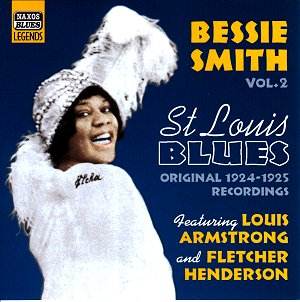In what ways does your media product use, develop or challenge forms and conventions of real media products?
As in our feedback, people felt we fitted and formed to the conventions well, however we also pushed the boundaries of music videos in general. It is quite different to what is around currently with the jerkier, quirkier, faster pace to it along with a different style of editing. It pushes the narrative and leaves the audience to make their own conclusion. We tried to delve deeper into the lyrics and take a different spin on what could have been a very literal song. The ancillary texts are also more exaggerated than what is around so forms well to the genre but in a more general sense pushes the conventions in place to adverts and CD albums. However the genre we have picked allows these boundaries to be pushed.
How effective is the combination of your main product and ancillary texts?
I feel they compliment each other well, the same theme runs throughout both which I feel is key to keep the audience interested and so they are able to make connections between the two. Hopefully with the texts having the same theme it helps them to be distinguished more easily on a shop shelf for instance. If the consumer has already seen a poster and sees a digipak it would remind them of that poster (and vice versa) and would therefore increase sales if it has a sense of familiarity. I also feel the pictures I chose will emote a sense of curiosity and invite the audience in so they may then watch the video, visit the website or buy the CD and generally promote interest around the band. I used the same fonts, colours and similar photos, all to develop a brand and image for the band which gives them something to be known by and the audience something to relate to. Overall I feel the combination is highly effective, the main product fits well with the ancillary texts and moulds to the conventions. The theme is recurrent throughout giving it recognition with the audience.
What have you learned from your audience feedback?
We learned a lot from the feedback and it helped so much to have fresh eye and opinion of our video. We had become to wrapped up in it and it became difficult to see it objectively. However, we now know, we could have made it simpler and that it definitely needed to include some form of fight scene between the boyfriend and girlfriend to make it more clear that they had split up. We were pleased to learn people thought we fitted well with the conventions of the genre & that the lip syncing was done very well. Also we have learned that perhaps the audience need to watch the video more than once to really take everything from it and understand it.
How did you use media technologies in the construction and research, planning and evaluation stages?
In the planning and research stage we used the Internet and search engines to study other similar music videos and to gain information about our inspirations and the conventions of our genre. In the actual filming of our video we used digital technology. This included a variety of cameras, which consisted of a handheld to film the majority of the video and in the TV studio we took advantage of the facilities avaliable. We then used a software programmer called Adobe Premier Pro to edit and finalise the video. For our pictures of locations, make up and star image we used a Nikon camera. We often used our mobile phones (mine being a Samsung Wave) to send or bluetooth various necessary pictures to one another as well as e-mailing them and uploading them to social networking sites to share them. I used blogger throughout the project to document all the progress also.
























